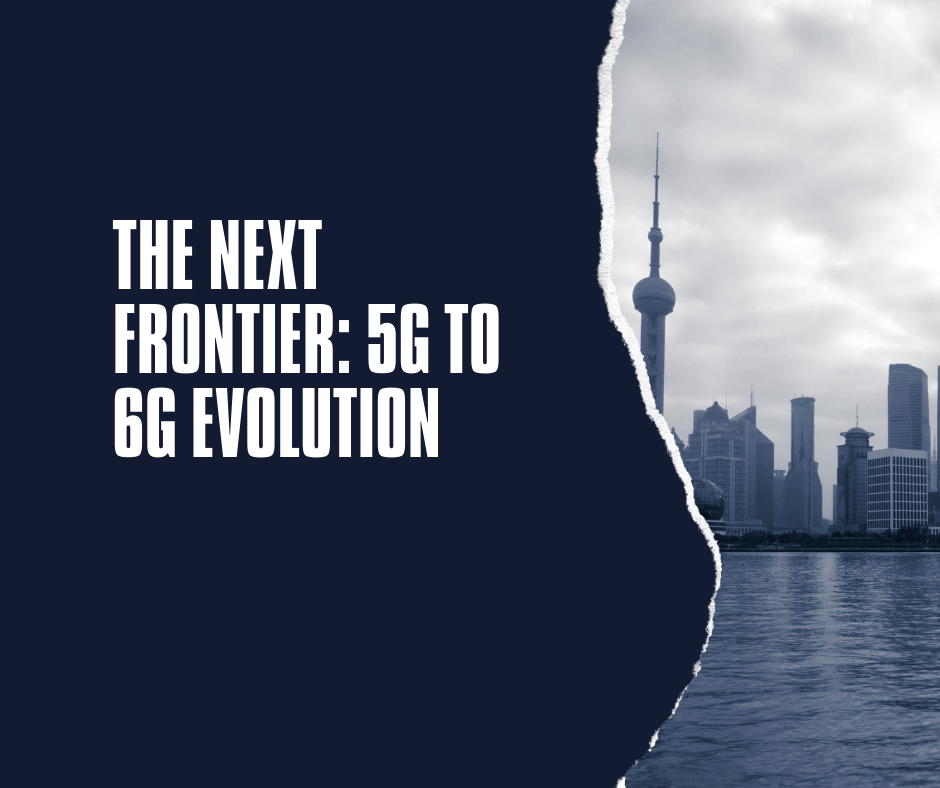Both consumers and businesses are eager to take advantage of 5G technology’s transformational potential as it continues to gain momentum. 5G is poised to completely transform how we work, communicate, and engage with the world around us. It promises to bring about lightning-fast download speeds as well as seamless connectivity across virtually all devices.
However, tremendous power also comes with great responsibility, and the deployment of 5G also brings with it a number of issues and concerns that need to be taken into account. The 5G environment need careful preparation, cooperation, and forethought to navigate, from privacy and security concerns to infrastructure and accessibility issues.
A major obstacle to the widespread adoption of 5G is making sure that it is affordable and accessible to everyone.
Major urban areas might benefit from lightning-fast connections and seamless connectivity, but underprivileged and rural areas might fall behind, escalating already-existing disparities and expanding the digital divide.
Concerns over cybersecurity and data privacy are also growing dramatically along with the number of connected devices. Because there is a greater risk of security breaches and data leaks due to the billions of devices linked to 5G networks, it is necessary to protect sensitive data with strong encryption protocols, multi-factor authentication, and proactive threat detection techniques.
Notwithstanding these difficulties, 5G technology offers too many prospects to pass up.
Smart cities, driverless cars, the Internet of Things (IoT), and more might all be made possible by 5G, which has the ability to revolutionize industries, spur innovation, and raise people’s standard of living globally.
It’s critical that we keep these potential and difficulties in mind as we continue to navigate the 5G environment and collaborate to make sure that everyone can benefit from this revolutionary technology.





